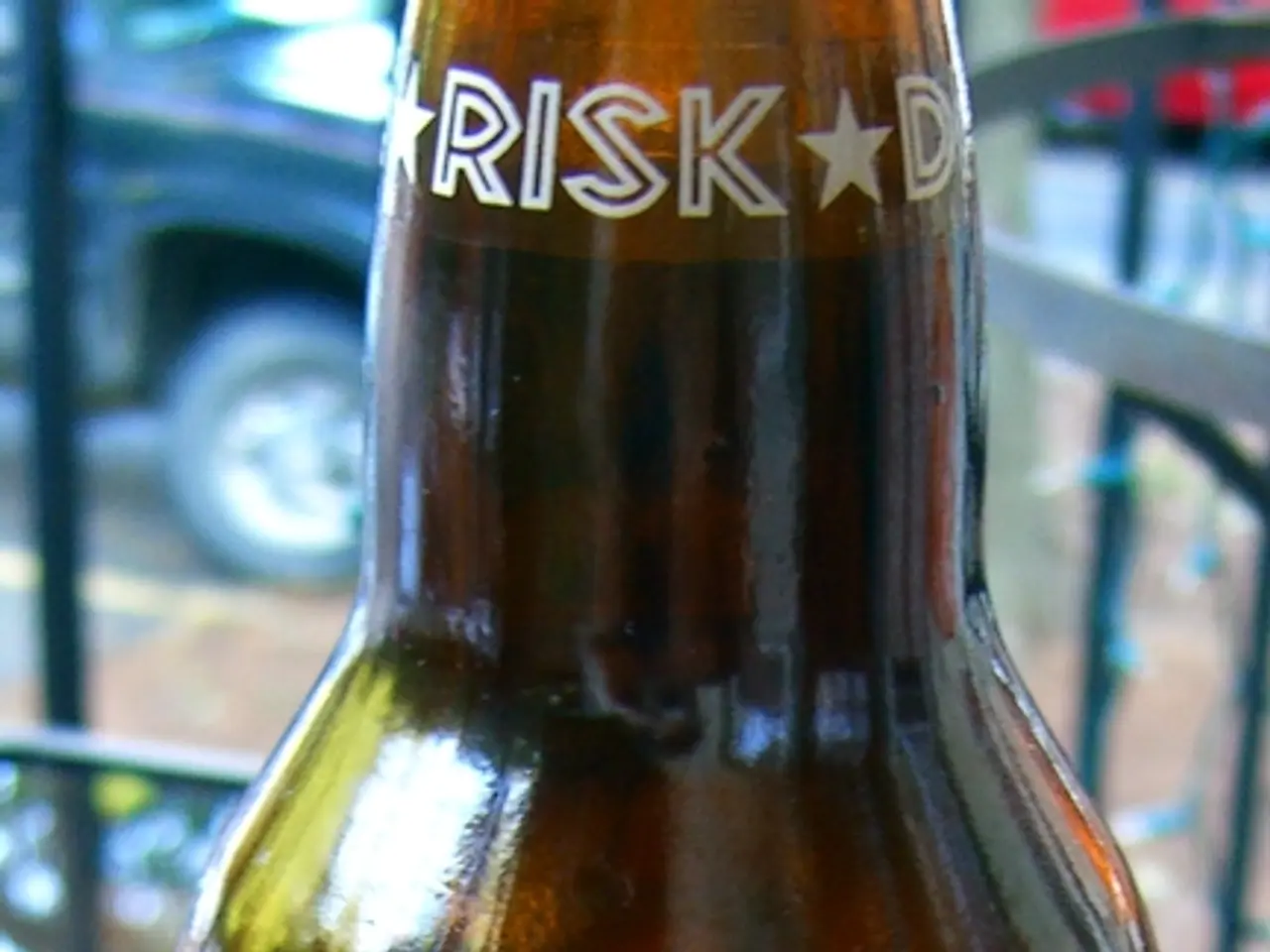Hypothermia: Causes, Stages, Symptoms, and Prevention
Hypothermia, a dangerous condition where the body's core temperature drops below 95°F (35°C), poses a significant threat, particularly during cold weather. It can affect anyone, but certain factors increase vulnerability. Understanding its causes, stages, and symptoms is crucial for prompt treatment and prevention.
Hypothermia occurs when heat loss exceeds heat production, often due to prolonged exposure to cold environments. Risk factors include insufficient clothing, extreme cold, age (infants and older adults), medical conditions, specific medications, and alcohol consumption. Symptoms progress through three stages:
Mild Hypothermia (35-32°C): Shivering, pale skin, numbness, minor cognitive impairment, and goosebumps. Speech may be slow, but the person remains alert.
Moderate Hypothermia (32-28°C): Decreased consciousness, loss of shivering, bluish skin, slurred speech, confusion, and paradoxical undressing. Severe Hypothermia (below 28°C) leads to unconsciousness, no response to pain, cardiac arrhythmias, slow or absent breathing, dilated pupils, and minimal vital signs. Hypothermia can lead to life-threatening complications if untreated, with up to 1,500 deaths annually in the US alone.
Hypothermia is a serious condition that can affect anyone, but certain groups are more vulnerable. Prompt recognition of symptoms and immediate medical attention are crucial for survival. Prevention involves wearing appropriate clothing, avoiding prolonged cold exposure, and being aware of individual risk factors.







